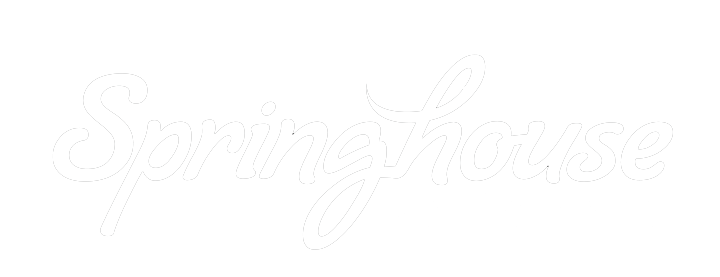FTSE 350 companies likely to miss women on boards target
The government has backed a target set by the Hampton-Alexander Review in 2016 that 33% of board positions in public companies go to women by 2020. Figures released at the end of June show that while many FTSE 100 companies are on track, smaller companies are likely to miss this diversity target.
Background
Launched in 2016, the government-backed Hampton-Alexander Review set FTSE 350 businesses a target of having 33% of all board and senior leadership positions held by women by the end of 2020.
Latest figures
Figures released by the Hampton-Alexander Review at the end of June 2018 show that just a quarter of FTSE 350 board positions are held by women, and there remain 10 boards with no female members at all. Under a third – 29% of FTSE 100 board positions – are held by women, up from 12.5% in 2011. In total that is 305 positions.
While the number of women on boards has increased to 25.5% in FTSE 350 companies, around 40% of all appointments need to go to women in the next 2 years for the FTSE 350 to achieve the 33% target.
Top of the class?
The FTSE 350 companies which are lagging behind have been urged to emulate the success stories of the 80-plus companies already at or beyond the 33% such as hospitality company Whitbread, alcoholic drinks company Diageo, and fashion retailer Next.
Must try harder…
The 10 FTSE 350 companies with all-male boards are stated to be:
- Baillie Gifford Japan Trust Plc
- Daejan Holdings Plc
- Herald Investment Trust Plc
- Integrafin Holdings Plc
- JP Morgan Japanese Investment Trust Plc
- On The Beach Group Plc
- Sports Direct International Plc
- Stobart Group Ltd
- TBC Bank Group Plc
- Ti Fluid Systems Plc
The 2018 Hampton-Alexander Report will be published on the 13 November 2018, a year after last year’s report.
Comment
While the current focus is on gender diversity, it remains to be seen when and how racial diversity will move up the political agenda. The concern must be that a small cadre of “known” women secure lots of board positions as companies rush to meet their targets so, while the gender balance improves, other strands of diversity do not. This is recognised in Scandinavia (where there are quotas for female board membership) as the so-called “golden skirt” issue.











